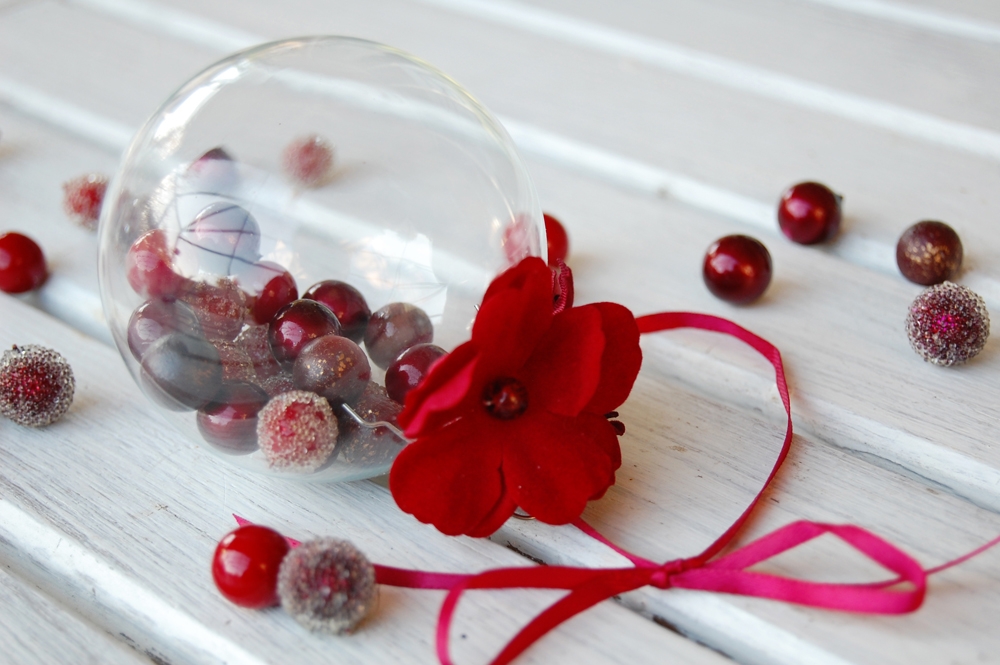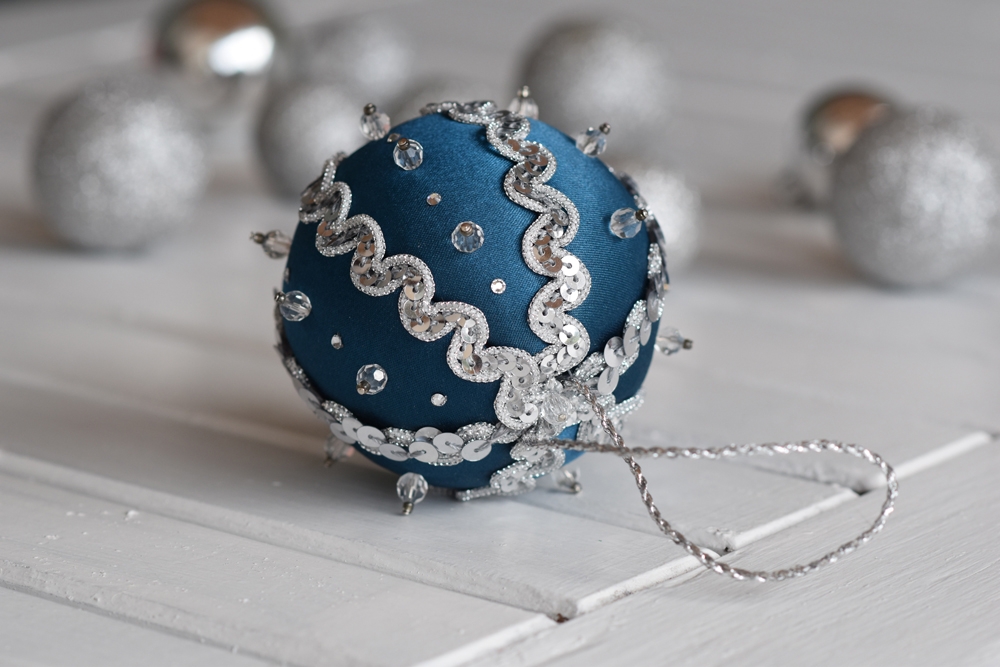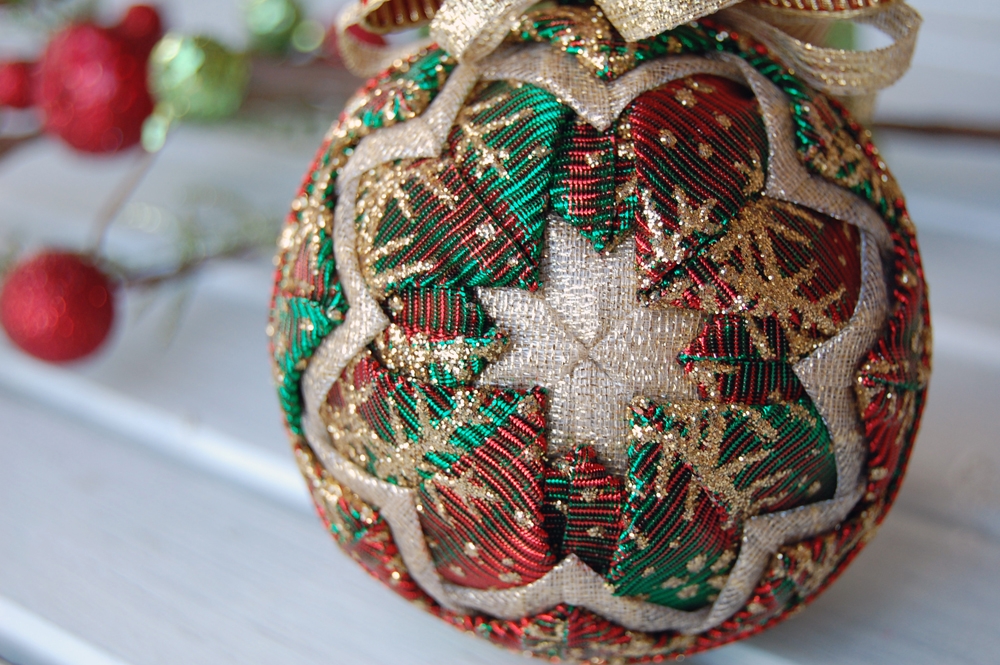Photographs Turn a Passion Into a Year Round Profession
From quilted ball ornaments and DIY patterns, to glass home décor ideas and whimsical charmed globes, Staci Lowry of www.theornamentgirl.com has taken a passion to a year round profession. Just in time for the holidays, read how this Florida coast native relies on great photography to drive commerce, social communities and even DIY education.
Photographs Drive A Social Media Strategy
The Ornament Girl reveals that when she started her site 10 years ago it was with the intent to both share and build income. Today, Lowry cites her three primary methods of marketing to be: blogging, use of an email list, and active participation through major social media communities. From the get-go she also knew that quality photographs would be essential.
“…through photos on my blog I present readers with a lot of ideas and inspiration they may apply to their own handicrafts.”
“I show a product photograph in every piece of content,” affirms Lowry. “For example, through photos on my blog I present readers with a lot of ideas and inspiration they may apply to their own handicrafts. I let my photos capture their interest, then I lead them through my site. Photos are also a huge element on my social media company pages. Even though I am in business, I don’t believe in “selling” to the people who follow me; I just love to share images of projects. It is great that my ornament pictures end up gaining tons of engagement and traffic.”
By highlighting her images on major social media sites, Lowry has seen her following grow from 1 to over 50,000 in just a couple of years in one top community. “Many of my photos have thousands of likes and shares. I’ve also received tons of traffic from an online community where bookmarking and collecting images happens 24/7,” she adds.
“I make it a goal to post at least four to five new images per week, and even more during the holidays. Each time I share a blog post on a social media site, I choose the image to share as opposed to letting that site pick a default. I also make sure to pin my photos each time I write a new post.” Her efforts are paying off. “Some of those post images have been pinned hundreds of thousands of times. This has been amazing for building my website. The exposure then trickles down to drive commerce.”
“One of the most influential things I can do is consistently provide great photos. Images help me encourage a purchase, and help get the word out about my ornaments.”
Camera in Hand: the Nikon D5500
Lowry spends about four to five hours per week on all of her photography tasks. This includes the shooting, editing and creating of content for her website, plus eBooks. “Most of my eBooks feature 50 or more step-by-step illustrative how-to photos. Because these books require many images, it helps if I can capture the shots relatively quickly. It’s also really important that I get great and sharp close-ups.” What works best for these shots is the AF-S DX NIKKOR 18-55mm f/3.5-5.6G VR II. “This lens permits me to sit in one spot to take the pictures while I create the tutorial—and zoom in and out quickly as needed.”
She recently upgraded to a Nikon D5500, plus the AF-S NIKKOR 85mm f/1.8G lens. Noting, “I admit that I was hesitant to make a change. I love my old Nikon D40 so much, but I immediately noticed a difference in both speed and weight of the Nikon D5500. And, since I am often holding some kind of craft supply or ornament in one hand while shooting a picture of it with the other, those benefits have been awesome.”
When prepping an advertising photograph or product listing that spotlights a single ornament, she reaches for her AF-S NIKKOR 50mm f/1.8G. “It gives a beautiful background blur, and really highlights the materials and textures in each ornament.” This lens permits her to hone in on details too—important because her customer cannot touch a product before making a purchase decision. “One of the most influential things I can do is consistently provide great photos. Images help me encourage a purchase, and help get the word out about my ornaments without having to “sell” too obviously.”
“I generally don’t use a lot of props unless I need some contrast; I like to keep the focus on the subject.”
Sparking Conversation With a Photo
Another aspect about sharing images is that they can engage. “For me, it’s not all about the numbers of likes and comments. What inspires me is starting a conversation. People jump in and comment or ask questions. Sometimes they post their own photos of what they have created. This two-way sharing on social media feels more like a friendly conversation, not just another marketing channel.”
TIPS:
-
I am not an expert, but for me I’ve learned that good natural light is the most important element. I determine the best time of day to shoot for the best results desired, and I stick to it. Working during that prime light time makes it relatively easy and quick for me to get my shots without having to go back and do tons of editing. Almost all of my framing is done while shooting so that I do not spend too much time retouching. When I do edit, it is usually just a tiny bit of color correction or brightening up here and there.
-
I try to keep my website looking cohesive by using the same backdrop (which is just a wooden table that I painted white) for most of my photos. I do change up props every now and then.
-
For product photography I think it’s best to keep it simple. I generally don’t use a lot of props unless I need some contrast; I like to keep the focus on the subject. The white table I use has been awesome because it provides a little bit of texture, but not so much that it’s distracting or boring.









